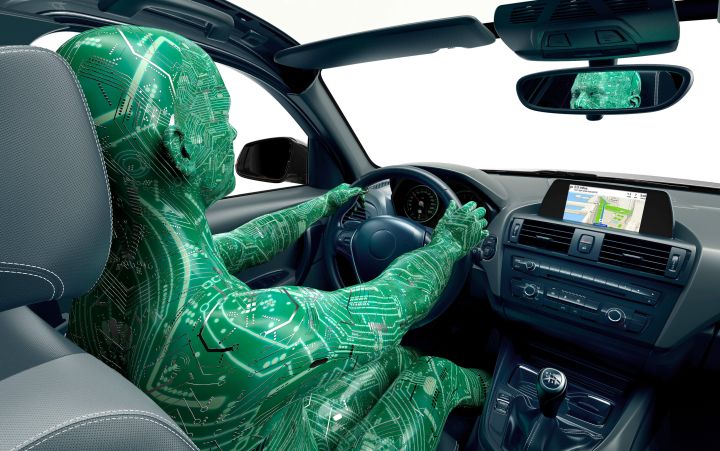
The Korean company has this week been greenlit to test its autonomous vehicles on public roads in its home country, a move that highlights Samsung’s increasing interest in the sector.
The news comes just weeks after arch-rival Apple was granted permission to test its self-driving car technology on California roads, although it’s worth noting that to date, the Cupertino, California-based company has made no public statement about R&D work in this particular area.
Samsung, meanwhile, has outright denied that it’s developing its own self-driving car but says it’s instead seeking to develop software and other technology that would improve the performance of autonomous vehicles. Indeed, Samsung sold the majority of its stake in its then-struggling Samsung Motors unit to Renault back in 2000. However, it has since launched an auto component division and earlier this year acquired U.S. auto company Harman, which designs and engineers connected products for automakers, in a deal worth $8 billion.
South Korea’s Ministry of Land, Infrastructure, and Transport gave Samsung the go ahead to test its technology on public roads earlier this week, with the Korea Herald suggesting the company would use Hyundai’s Grandeur sedan — called the Azera in the U.S. — equipped with various laser scanning devices and radar for tests on public roads.
The Seoul-based tech firm is believed to be working on a self-driving algorithm that’s effective in bad weather, a serious challenge for the self-driving industry though one that has to be overcome. Samsung is also looking to build autonomous car components that use artificial intelligence and deep learning, the Herald said.
Looking at the available information, it seems both Samsung and Apple are intent at the current time on creating self-driving technology for use by automakers rather than building their own vehicles with the technology, though this could of course change as the still relatively new self-driving industry continues to develop.
Editors' Recommendations
- Tesla Autopilot vs. full self-driving: What’s the difference?
- Beleaguered robotaxi startup Cruise lays off quarter of workforce
- Cruise’s robotaxi service suspended by California regulator
- Waymo expands robotaxi service area in San Francisco
- Cruise autonomous vehicle drives over woman just after she was hit by another car


